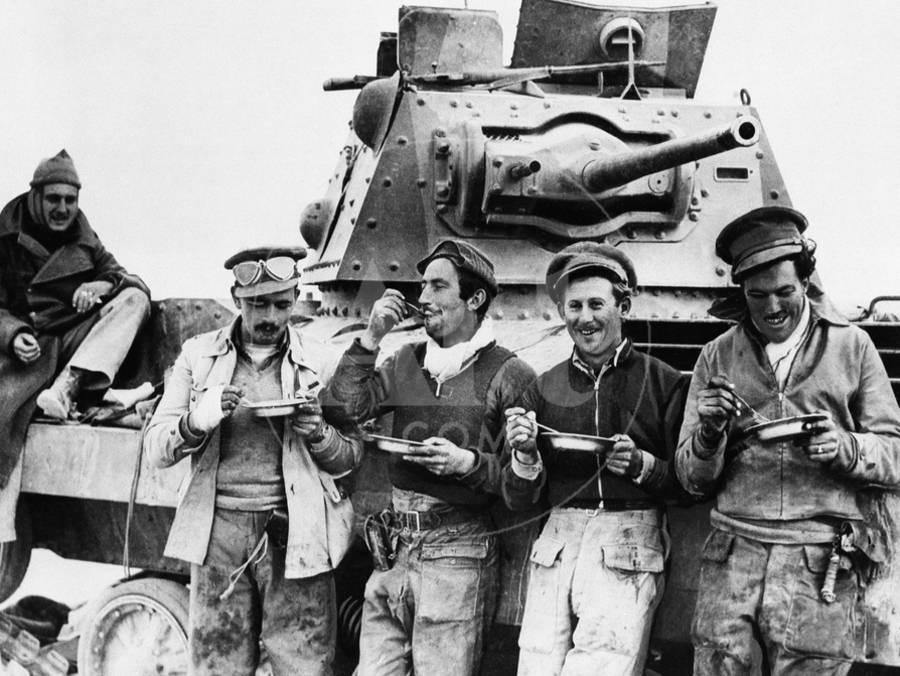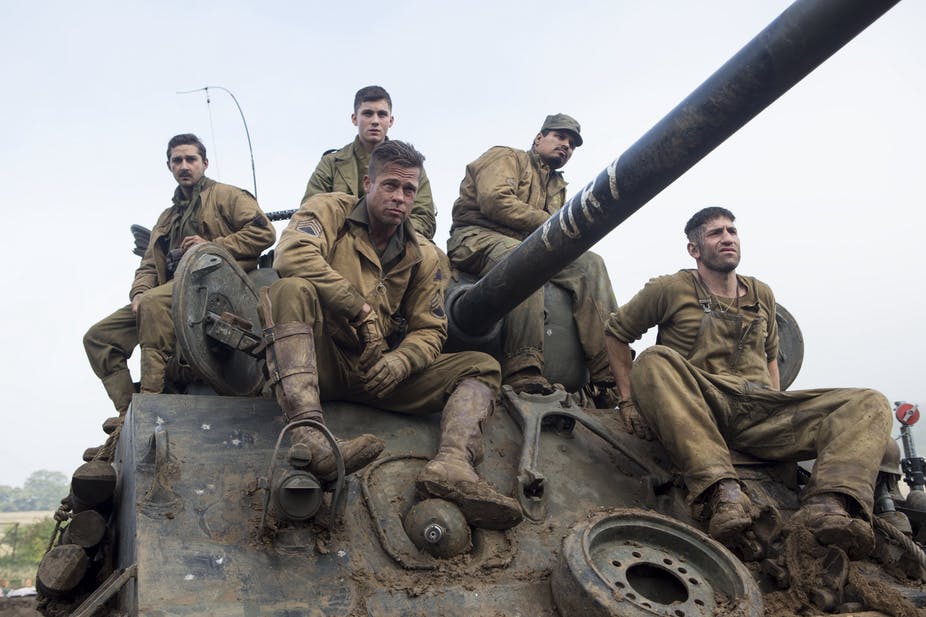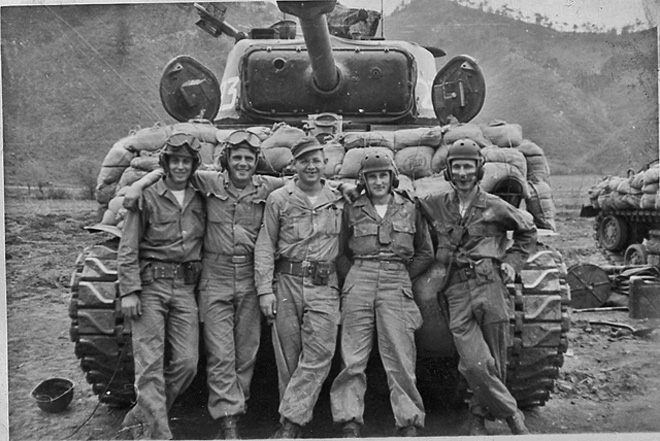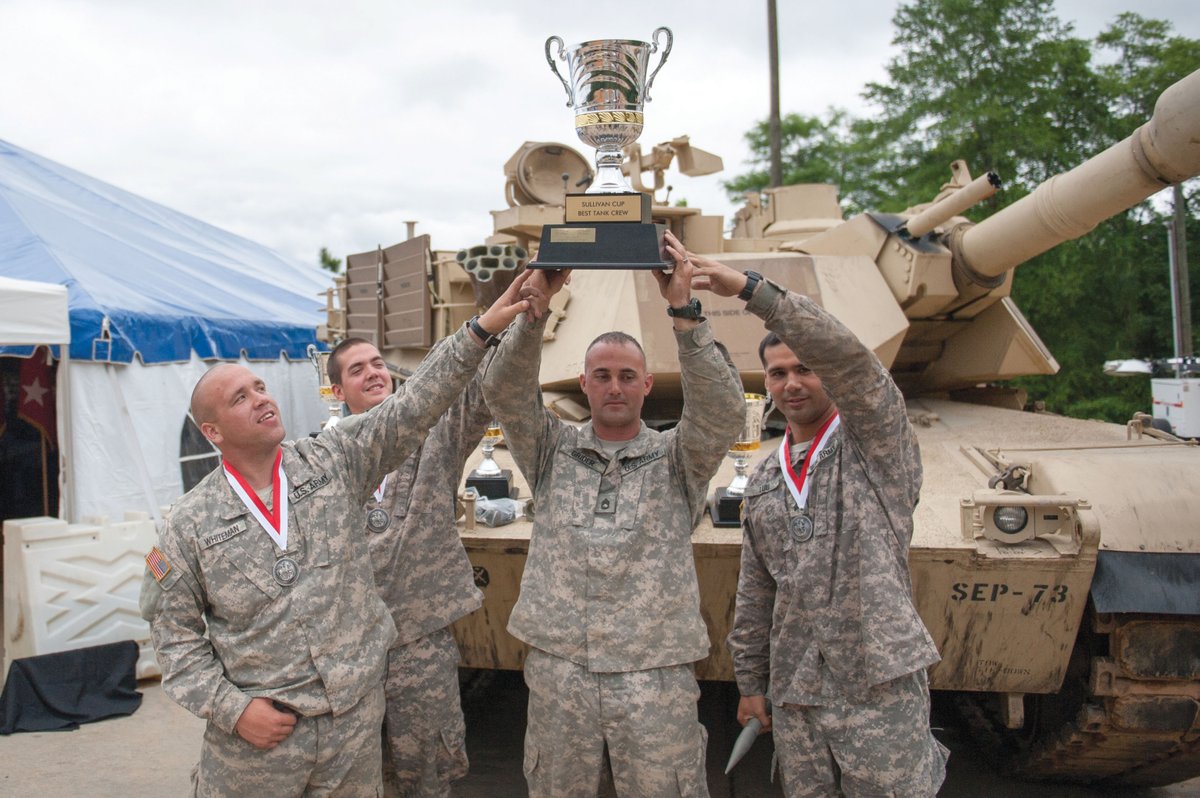
I’m really glad they did this thread. Intelligence is a tricky area, it’s basically a bunch of “best guesses”, hopefully by those trained to assess it – if intel is assessed accurately, received by those who can act on it, and acted upon, it’s possible that events are prevented.
https://twitter.com/18airbornecorps/status/1340764378778497028
If nothing happens, how do we know the intel worked?
Often times we don’t. So it can be a thankless job 😂
With the Battle of the Bulge, both sides are guilty of neglecting intelligence. Not so much that they had the information available and failed to assess it accurately or assessed it but failed to act on it, but more so that they sometimes didn’t have the information to assess.
The German counteroffensive that launched the Battle of the Bulge involved another component – a deception or cover plan. This was a plan devised by Hitler to conceal or disguise the activity that might be observable during the time the Germans were preparing for their attack.
It was actually a very effective plan, but they aren’t always. The late Dr. Michael Handel noted: “While deception often fails to attain its objectives, it rarely fails because the adversary has identified it as deception.”
By this time, the Allies had successfully made their way onto the European continent, against heavy German resistance. And the First US Army was engaged in heavy fighting around Aachen shortly before the Battle of the Bulge began. 

With “air superiority” and a string of successes engaging the Germans, the Allies advanced deeper into Europe and pretty quickly for a while.
Combined with other factors at the time, many senior Allied leaders struggled with seeing the German Army as having the means of organizing a significant counteroffensive.
https://twitter.com/18airbornecorps/status/1340764390551896065
General Bradley’s 21 Army Group was completely surprised when the attack started. In fact, Bradley had even left to go meet with Eisenhower, which he likely wouldn’t have done had he been expecting an attack.
A history of VIII Corps notes that when the fight began on 16 December 1944, “… no inkling of such offensive strength filtered through our G-2 channels.” (G-2 refers to military intelligence, for those not familiar.)
Official US Army history review of the Battle of the Bulge determined that VIII Corps had only identified 4 of 10 German divisions in its area. And V Corps had identified 3 of 12 German divisions.
First Army reports from that time did show that there was some evidence of German activity, but nothing that could be pieced together to form actionable intelligence.
This is not to say the Germans had better intelligence. In fact, Dr. Handel also noted, of German intelligence: “A more critical examination of the information, and less wishful thinking, might have changed the course of the war.”
Supreme Headquarters Allied Expeditionary Force (SHAEF) did present Eisenhower in November 1944 with intelligence that suggested the Germans were preparing for a counteroffensive. But to many it still seemed unlikely.
“In itself, the Ardennes area contained no military objectives. The enemy’s only long-range purpose in assaulting here could be to reach across the Meuse River, and the Meuse was 50 miles away. Any such objective would require a counter offensive in great strength.”
After the Germans attacked in the Ardennes, General Smith defended the intelligence that had suggested the possibility of a German counteroffensive. He felt that Eisenhower had been given sufficient warning to act but didn’t.
https://twitter.com/18airbornecorps/status/1340764462886891522
Hugh Cole also assessed the “surprise” of the German attack in December 1944 as an intelligence failure, but he stressed: “The failure was general and cannot be attributed to any person or group of persons.”
Many did not realize that an actual deception or cover plan had been organized by the Germans, but Hitler had devised the cover plan himself 😒
The Ardennes offered the Germans a point where the Allies were potentially weakest. There was no way to be strong the whole 100 miles or so stretching from Switzerland to the North Sea. But the Allies had numbers on their side – more men, more tanks, more guns, more aircraft.
The Allies were also better equipped to quickly more large numbers of troops and they held a strategic advantage the Germans lacked:
“At the first word of German preparations in the Eifel or the Ardennes, the Allies could terminate one or both of their major offensives and divert large forces into the threatened area.”
During WWI, the Germans had successfully employed large-scale attacks in areas away from their main counteroffensive effort as a sort of diversion, but in December 1944 the Germans lacked the divisions and the logistical support to pull this off.
The Germans would have to rely on cover and misdirection to get Allied eyes looking away long enough to complete their preparations. And we’re not talking like – distract the Allies for a few hours.
From 10 November until the counteroffensive began on 16 December (so, over a month), the Germans undertook a massive reshuffling of headquarters and units for the attack. They did this without informing all of their own leadership too.
https://twitter.com/18airbornecorps/status/1340764431697862656
In some regions, this movement was done in plain view, such as around Aachen. But in the area around the Eifel, a low mountain range in western Germany and eastern Belgium, the movement was conducted with greater secrecy.
The terrain throughout that region was good for concealment – with thick forested areas, slopes, valleys, plateaus. 

Small villages scattered throughout the Eifel region wouldn’t individually stand out as worthy targets for aerial reconnaissance, but when considered parts of a whole, they offered ample opportunity to disperse and harbor large forces. 

Tough regulations on transportation restricted rail and road movement, by car or on foot, to after dark. And a radio blackout over the area restricted radio use to just those units in covering positions facing their enemy (the Allies).
Artillery was also heavily restricted, and even those guns that could be fired were limited to only a few rounds per day.
German patrols of the Ardennes were limited to nighttime searches for American patrols, and reconnaissance activities were confined to just a few senior officers.
Around the Eifel, the Germans needed to improve and widen long stretches of road and this could have raised a few eyebrows. It would also be difficult to conceal the removal of roadblocks, part of the West Wall defenses, to allow their initial armored penetration to take place.
The German solution to this problem was to conduct road construction in both the north and south areas of concentration. That way it wouldn’t stand out as suspicious if observed in the Eifel region because it was being done in plain sight elsewhere.
https://twitter.com/18airbornecorps/status/1340764437238734854
Even with all this caution and attention to detail, and even with the Allies not catching the movement, activity, and buildup of forces as preparation for an attack, there were times the Germans were just lucky.
For example, at one point, Allied aerial reconnaissance missions flew over the Eifel region and used flares to aid nighttime aerial photography. If this had happened more than once, odds are good the Allies would have spotted them.
Another concern for the Germans was deserters. Because the region where secrecy was most essential was also quite rugged, it was a place they might “lose” people who could take off and make friends with the Americans, share information, etc.
Anticipating the risk of deserters, the Germans transferred out the most likely soldiers they thought would go AWOL if given the opportunity. And it just happened that only about 5 “malcontents” took off during this time.
On 16 December 1944, at about 5:30 in the morning, the Germans launched their massive counteroffensive that took the Allies by surprise. But the Germans failed to achieve their initial and most important objective, and within days the Allies would again be on the offensive. 

apps.dtic.mil/dtic/tr/fullte…
armchairgeneral.com/a-lingering-co…
apps.dtic.mil/dtic/tr/fullte…
7tharmddiv.org/bulge/index.htm
history.army.mil/books/wwii/7-8…
armchairgeneral.com/a-lingering-co…
apps.dtic.mil/dtic/tr/fullte…
7tharmddiv.org/bulge/index.htm
history.army.mil/books/wwii/7-8…
@threadreaderapp unroll, please and thank you 💁🏻♀️
• • •
Missing some Tweet in this thread? You can try to
force a refresh








